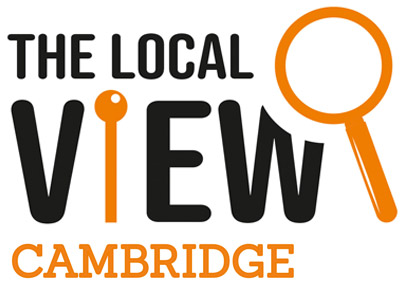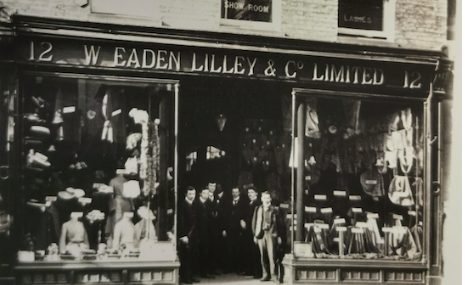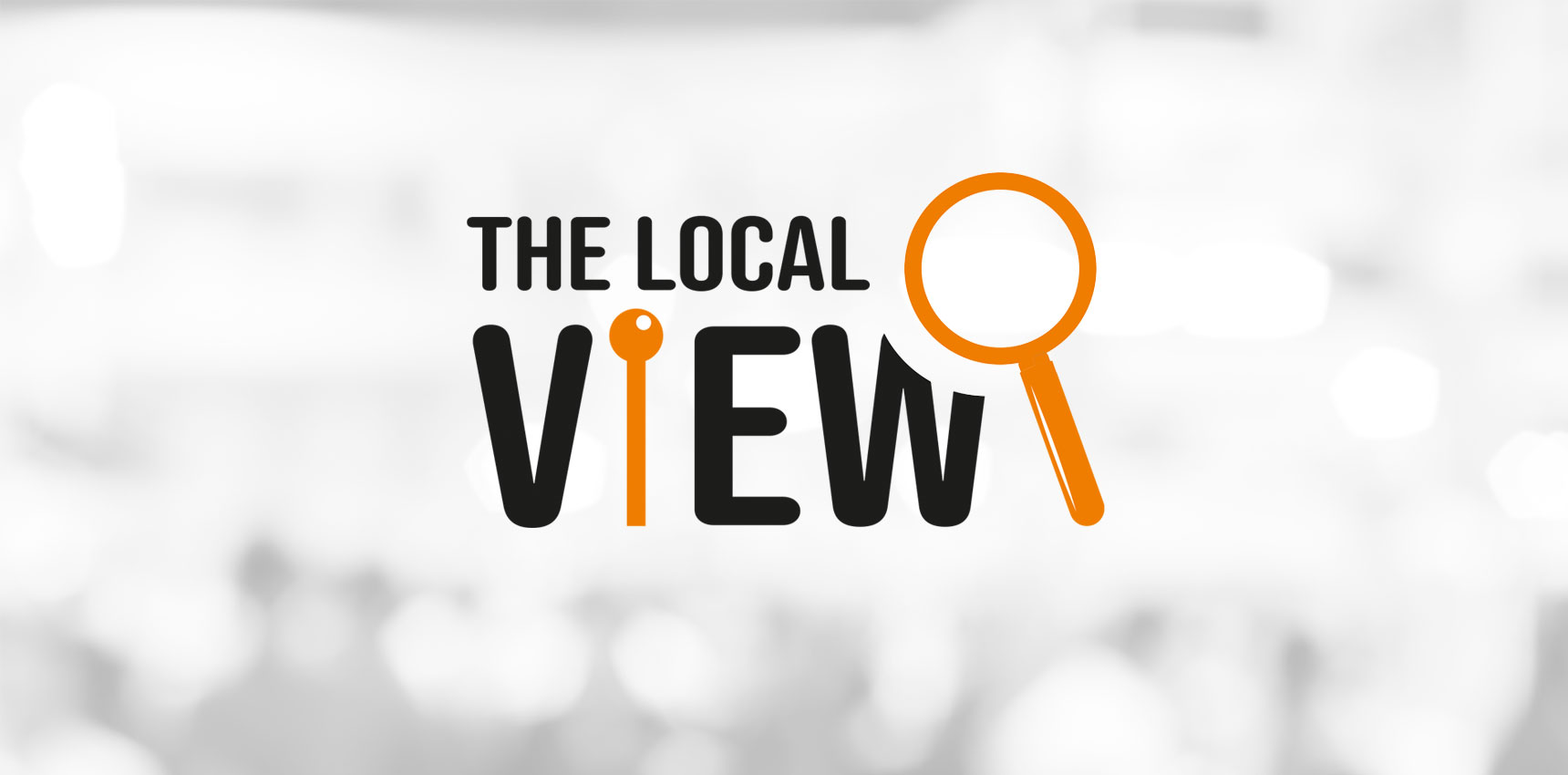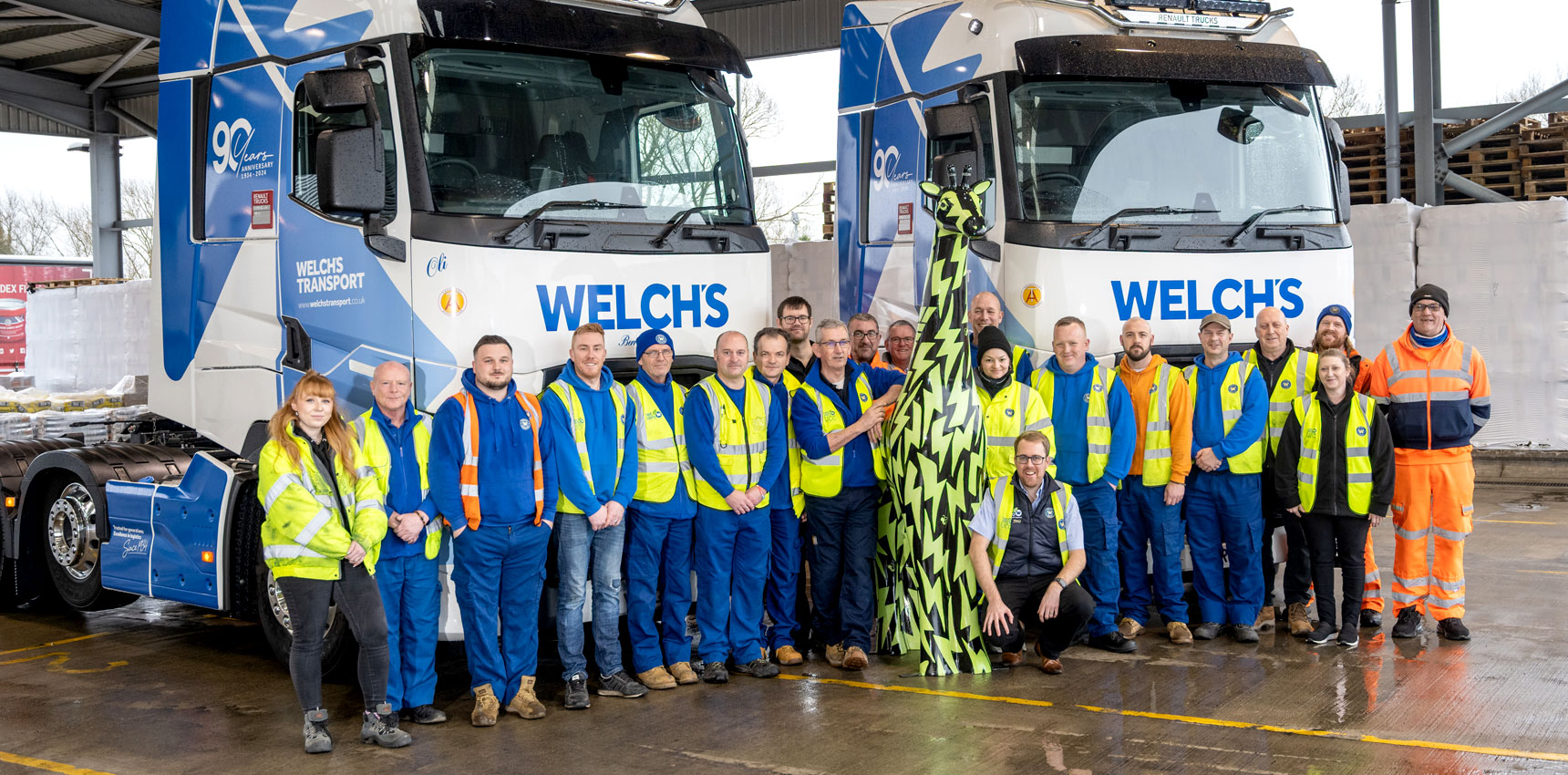To coincide with the reopening of the Museum of Cambridge, it was suggested I write about some historic Cambridge ‘start-ups’. There are too many to choose from, but it just so happened that, as I write this, I have made contact with a descendent of William King, founder of the Cambridge firm of King and Harper, bicycle manufacturers then car dealers.
The King family’s route through Cambridge
It is premature for me write in detail about this firm who were well known through the 20th century in the city, but so far, through Capturing Cambridge, I have started to trace the route the King family took as they moved home by home through the city, from Cherry Hinton High Street in 1871, to Romsey Terrace, Catherine Street, Sussex Street, Sidney Street, De Freville Avenue, Richmond Road, Lovell Road, and Chaucer Road.
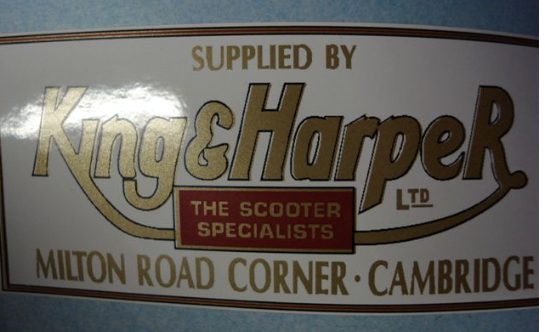
My hope is that it will soon be possible to track the family as their fortunes grew and they put their footprint on the city, both commercially and domestically.
Building Cambridge
Another ‘starter’ who left his mark on the city was Harold Desmond Ridgeon, son of stonemason Robert. In 1911 he was nine years old, living at 7 Romsey Road. He started work as a railway clerk, but his curiosity was fired. Determined to become a student at Cambridge University, he taught himself Latin. He was admitted to St Catherine’s College in 1922. He had to pay his own way but took a first-class degree in economics. Two years after graduation he started his own building business. In 1936, he took over the construction firm Sindall’s, and by 1988 his company was worth over £60m. Capturing Cambridge tells stories of the mark he left on the lives of so many in the city. There must be many living in houses on estates that Ridgeon created.
The secrets behind Cambridge’s buildings
The name Robert Sayle lives on for the time being. But one that has disappeared from the Cambridge High Street is Eaden Lilley. He was established with his family in Cambridge as early as 1841 at Park Terrace, and then, in 1851, at Wanstead House, 2 Hills Road. You might have thought this fact might be remembered somewhere. But, perhaps surprisingly, Cambridge seems to have few memorials or aides de memoire about the most significant individuals in the growth of the city. Perhaps the internet has replaced the need for physical memorials and interpretation boards. But without some form of prompt it is very easy for residents and tourists to walk past buildings without any idea of their stories and place in history.
Cambridge seems to have few memorials or aides de memoire about the most significant individuals in the growth of the city
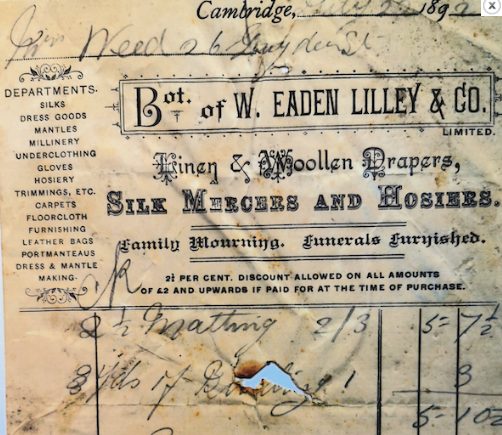
Buildings may disappear, but legacies remain
At least William Eaden Lilley’s house still survives. There is nothing left of the premises of Daniel Macmillan, founder of Macmillan Publishers. The old bookshop, where he lived in 1851, was where 88 Regent Street can be found today. However, nothing is apparent of the original building. He was born on the Isle of Arran in 1813 but moved south with his brother Alexander in 1833. (His grandson, Harold, was later Prime Minster!) There also remains nothing of the premises of Daniel’s near neighbour in 1851, tobacconist Francis Fenner, at modern 20 Regent Street. But his foresight in creating the university cricket ground in 1848 should ensure a memorial to his contribution to the city.
From optician to submarine periscopes
Would William Thomas Pye, optician, at home in 1881 at 71 Panton Street, have had any inkling of the significance of the engineering firm he would found? He worked first for the Cambridge Scientific Company, whose co-founder, Horace Darwin, lived at The Orchard in Huntingdon Road. William had moved to Chesterton by 1891 and founded W G Pye Instrument Co. in 1898. At the beginning of the 20th century the firm operated out of Mill Lane. The Great War brought a demand for valves that led to the manufacture of the first wireless radios and the creation of a factory at Church Path, Chesterton. The legacy of their scientific innovation is widespread in Cambridge, though perhaps not so well remembered today. In World War Two the Luftwaffe took a special interest to the Pye Unicam works in Arbury Road, where submarine periscopes were being assembled.
Nationally recognised
There cannot be a business whose legacy is more visible all over the city than that of Rattee and Kett. Although the firm disappeared in name 20 years ago, you can still find memorials at Kett House overlooking Station Road and the Homecoming statue, as well as in the Purbeck Road development where the Cambridge Cookery School occupies the old carpentry workshop. And nearby there are two modern sculptures that recall the tools of their trades.
James Rattee, carver and builder, and George Kett, carpenter, had met while working on the new Palace of Westminster building. They set up their wood and stone carving works in 1843 where Kett House is today. The partnership stayed within their families, even when dissolved and sold on to Mowlem in 1926 as a limited company.
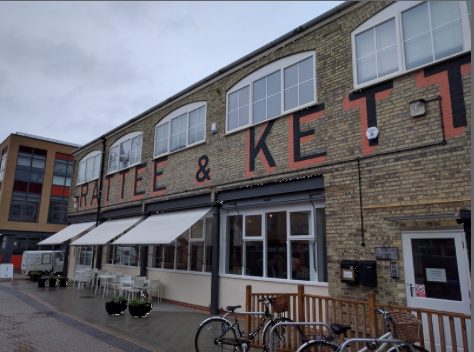
The firm’s name became recognised for high quality conservation and restoration work, not only in Cambridge but across the country. Cambridge’s OLEM church, St John the Evangelist Hills Road, Churchill College, restoration work on St Paul’s Cathedral, Westminster Abbey. Capturing Cambridge provides links to many of their most prestigious sites across the UK. It also holds photos of some of the key documents and prospectuses in the history of the firm. The family members played an important part in the political life of the city; Mayor George Kett built Wymondham House in Brooklands Avenue in 1883. It is one of the finest examples of Victorian villas in the city.
Helping the museum
We cannot currently accept new objects to the museum. However, if you would like to help us preserve and record the lives those who have created the historic businesses and institutions of Cambridge, please get in touch via the Capturing Cambridge website, or through the Museum of Cambridge.
WORDS The Museum of Cambridge
Read other articles about the history of Cambridgeshire here
